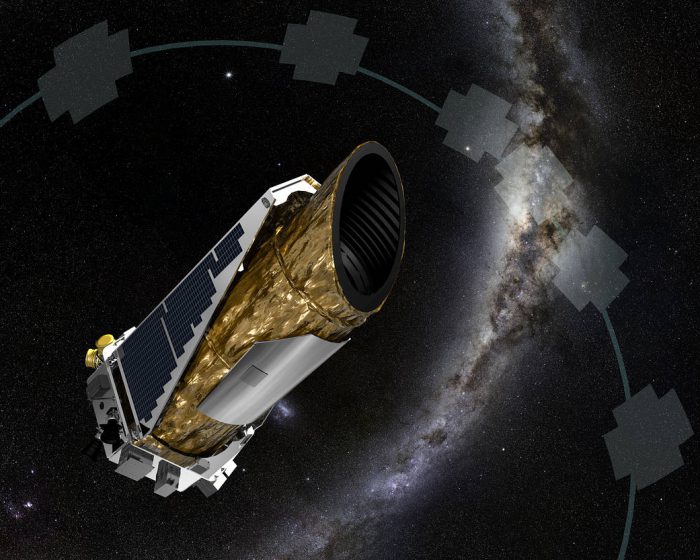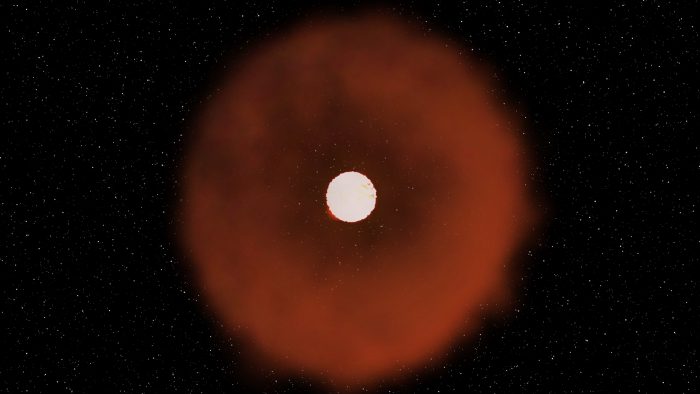A supernova is one of the universe's greatest spectacles. It occurs when a giant star reaches the end of its life and decides to go ... KABOOM!
Though the explosion itself is ferocious and fast, the entire process of a supernova—from buildup to explosion to full fadeout—takes many months. Not so with KSN 2015K.
This supernova was observed on its fast track to oblivion by astronomers in 2015 through the Kelper telescope. In about two days, it rose to supernova level brightness, faded to half that in a week, and was completely faded in 25 days. That's crazy fast.
What was going on?
We FELT it was a cocoon
These rare types of super fast supernovas are known as FELTs—fast evolving luminous transients (hey, we knew that). But while scientists have observed them before, they're still not entirely sure how they occur.
One theory has to do with a dense cocoon of gas and dust surrounding the dying star. As stars enter their last days, they condense and can shed massive amounts of gas and dust. This material stays in orbit around the star. In most cases, the star shines through it—like a lamp through a shade. But in the case of KSN 2015K, it is possible that the gas and dust was so thick that it hid most of the star from view ... until the star finally collapsed and exploded in a supernova. Have a look at this animation below.
In the end, this would've given the outside appearance of a very sudden event—from nothing to supernova bright in a couple of days.
Still feeling around for answers

The Kelper spacecraft carries super-powerful telescopes that make it a planet-finding, galaxy-scoping machine! (NASA Ames/JPL-Caltech/T Pyle)
Ultimately, FELTs are still a bit of a mystery to scientists. But thankfully, the universe is full of lots of exploding stars for them to observe. In fact, NASA is in the midst of a pair of Kelper telescope projects—Campaign 16 and 17—that will observe a total of 23,000 galaxies when its complete. That should keep them busy!
As for the rest of us, as long as the supernovas are far, far from here, we can't wait to find out more about them!
 A new type of speedy supernova is the latest riddle for astronomers to solve. (NASA/JPL-Caltech)
A new type of speedy supernova is the latest riddle for astronomers to solve. (NASA/JPL-Caltech)









